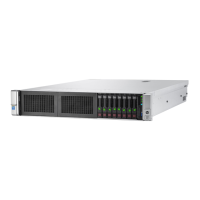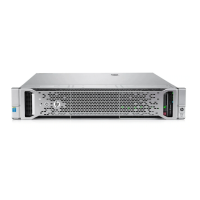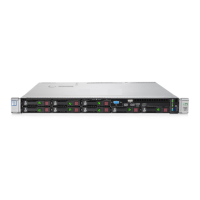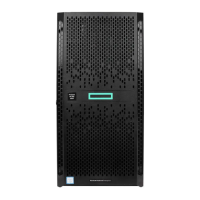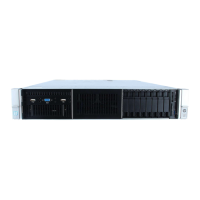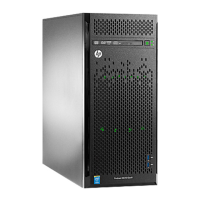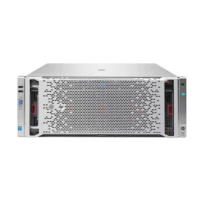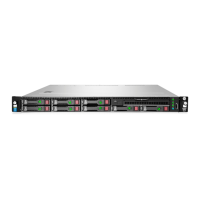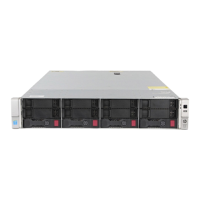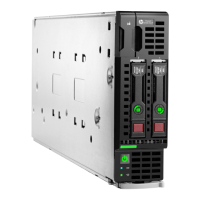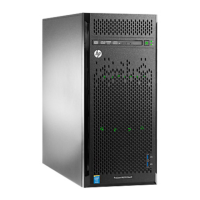3. Read the End User License Agreement (EULA).
• To continue using Intelligent Provisioning, click Accept.
Included in the EULA is a link for ancillary software, which contains a list of open source
and proprietary software developed or obtained through third parties. This link and all
other links in the EULA are not enabled, but can be accessed if entered into a browser.
• To cancel using Intelligent Provisioning, click Reboot to exit the utility and reboot the
server. Intelligent Provisioning remains accessible.
4. Enter network settings.
Select the active NIC from the list, and then choose from one of the following IP addressing
schemes:
• DHCP Auto-Configuration—HP recommends selecting DHCP to have IP addresses assigned
automatically to your server.
• IPv4 Static—Selecting IPv4 adds four new fields: the static IPv4 address, network mask,
gateway address, and DNS address.
• IPv6 Static—Selecting IPv6 adds two fields: the static IP address and the Gateway address.
5. Specify whether you are using a proxy. If you have a proxy on your network, you might need
to configure it for use with features that communicate across the network. If you choose Use
Proxy, enter a Proxy Address and Port.
6. Enter iLO network settings.
Select one of the following iLO network IP addressing schemes:
• DHCP Auto-Configuration—HP recommends selecting DHCP to have IP addresses assigned
automatically to your server.
• IPv4 Static—Selecting IPv4 adds four new fields: the static IPv4 address, network mask,
gateway address, and DNS address.
• Off—Selecting Off makes this server unavailable through iLO.
For more information about using iLO, see the HP iLO 4 User Guide on the HP website (http://
www.hp.com/go/ilo/docs).
7. Select a delivery option for System Software Updates for Intelligent Provisioning.
• HP website—HP recommends selecting this option to be prompted when updates are
available and download all software updates for your server from hp.com.
• HTTP/FTP—When prompted, enter an address in the URL field.
• Disable—Select this to disable automatic updates if you plan to update your system
software manually.
8. Select the correct Time Zone.
9. Select the desired System Boot Mode.
NOTE: Changes to the system boot mode are implemented during the OS installation process
or in the next POST.
10. Click the Continue right arrow to proceed automatically to “Step 2: Activating Intelligent
Provisioning” (page 10).
NOTE: To access this screen change preferences at a later time, open the Perform Maintenance
menus, and then click Intelligent Provisioning Preferences (“Setting Intelligent Provisioning
Preferences” (page 36)).
Step 1: Setting Intelligent Provisioning preferences 9
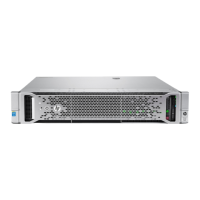
